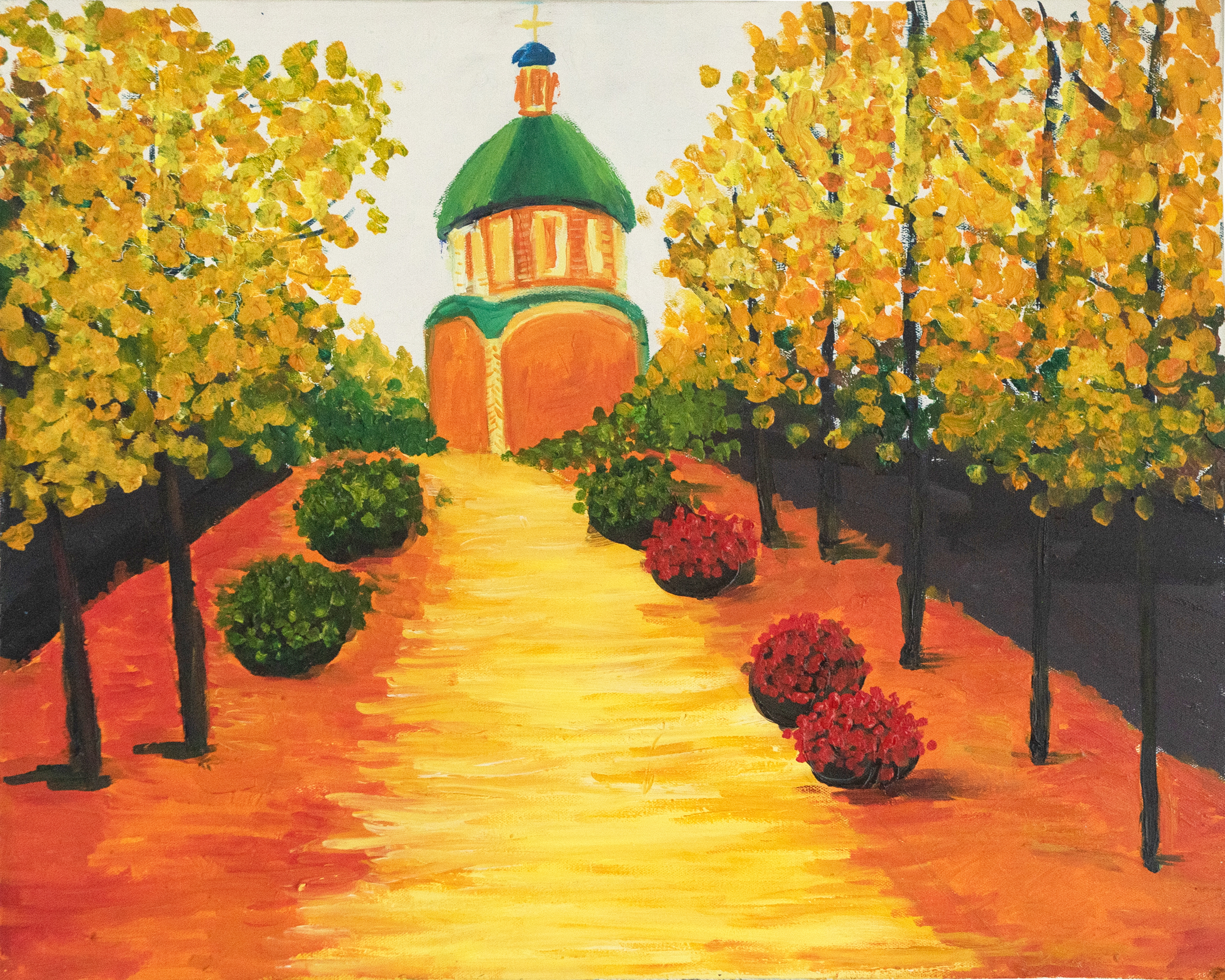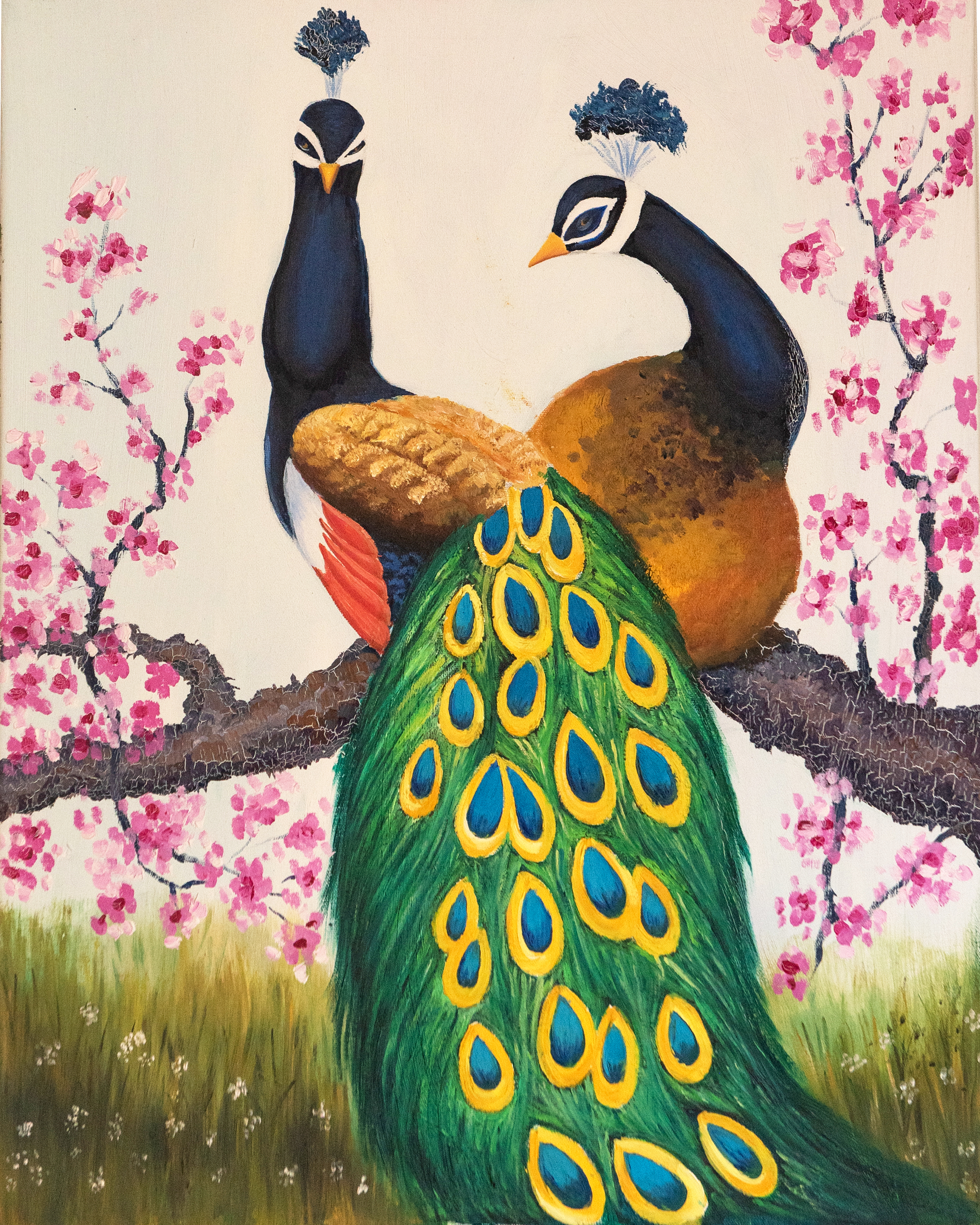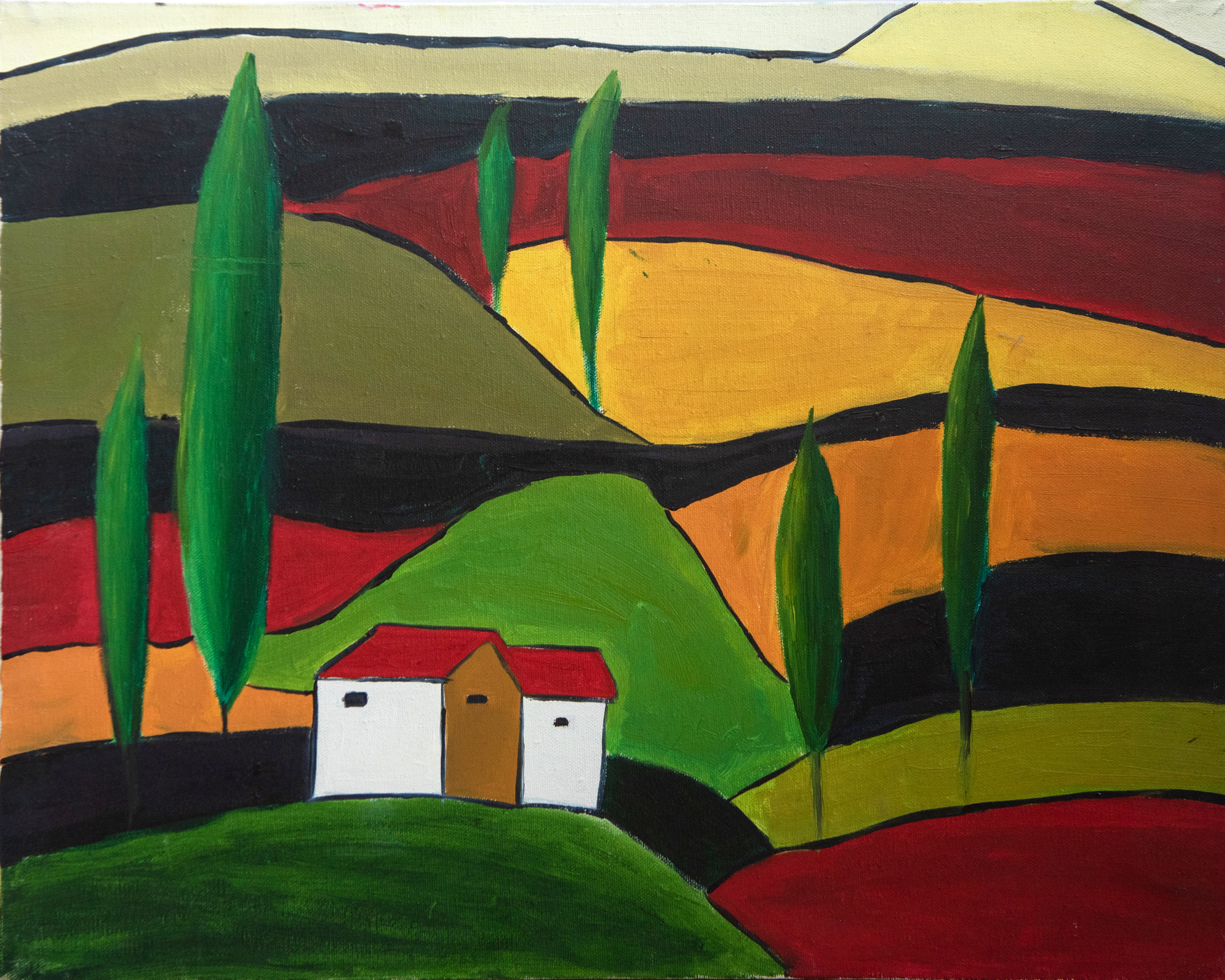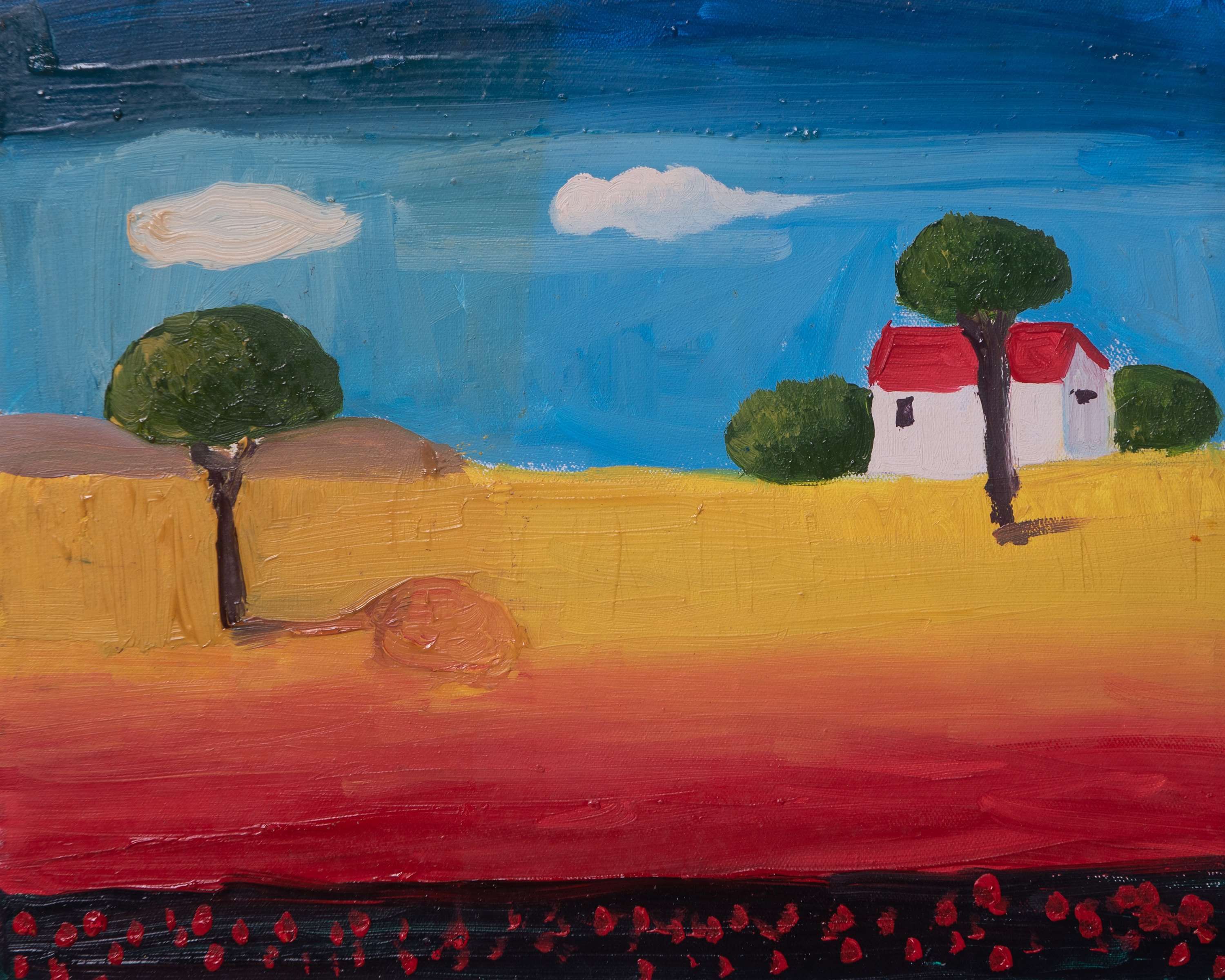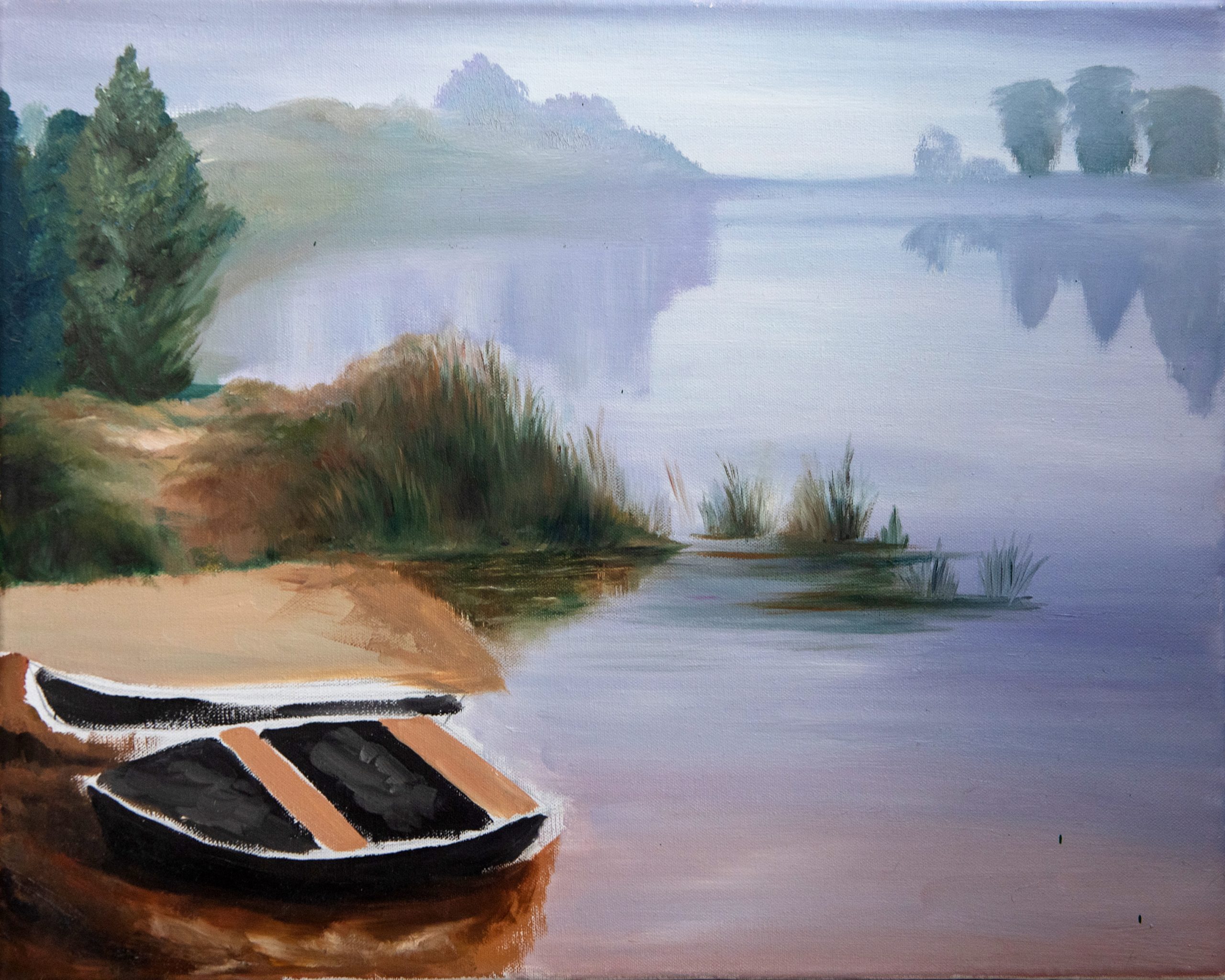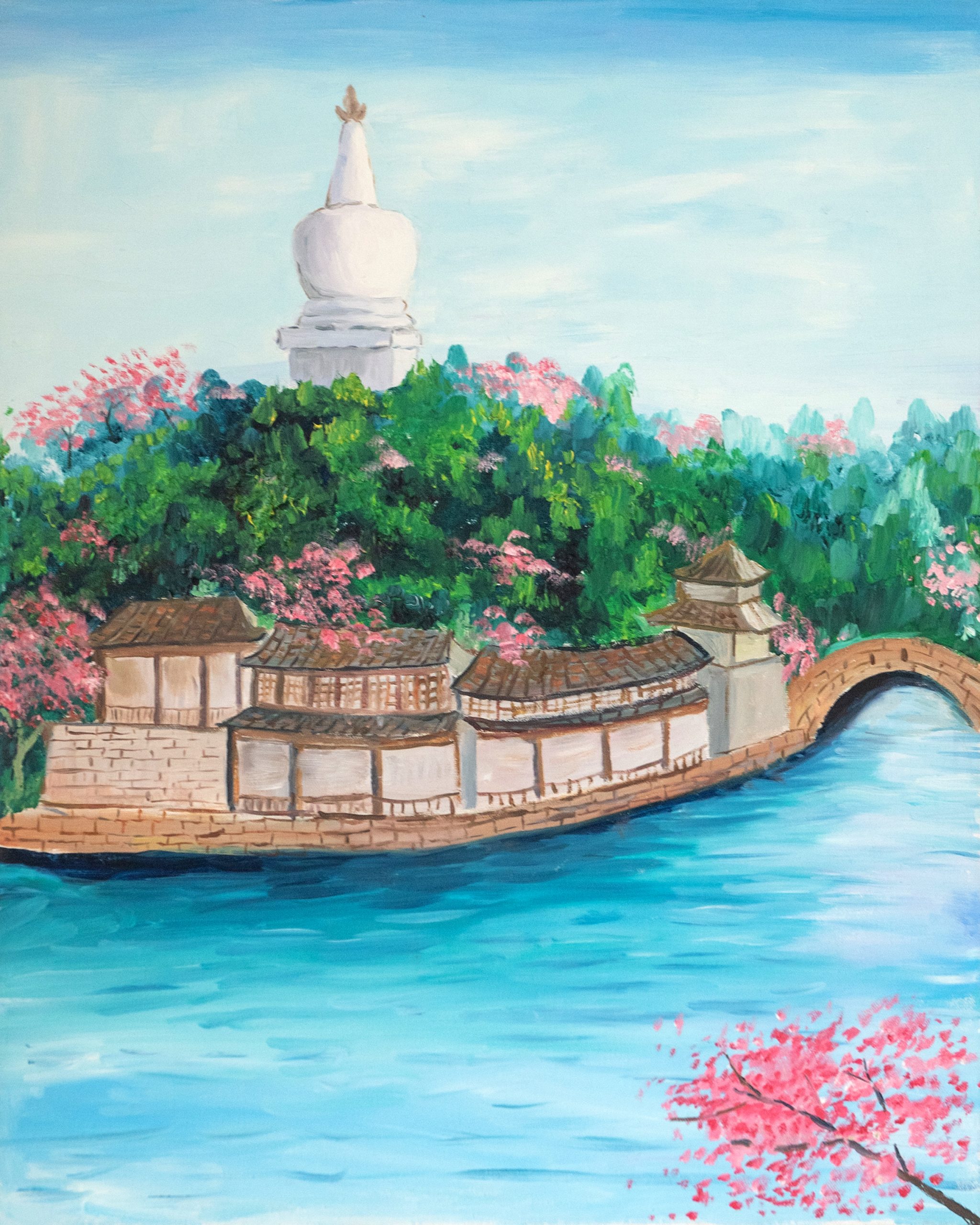I have achieved outstanding results in fields such as calligraphy, painting, drama, and piano。
In terms of drama, I rehearsed a scene taken from the novel “The Streetcar Named Desire”, which tells the story of Stanley, the male owner of the house, giving Blanche a train ticket to drive her away on Blanche’s birthday. This scene fully reflects the personalities of Stanley and Blanche, and lays the groundwork for intensifying conflicts later on.
Here is a video of this drama
In terms of calligraphy, Since the age of six, I have immersed myself in the art of calligraphy, starting with Ouyang Xun’s Regular Script in the “Inscription of the Sweet Spring in the Jiucheng Palace” and Zhi Yong’s Running Script in the “Thousand Character Classic.” My works predominantly embrace Regular and Running Scripts.
The Regular Script of the Tang Dynasty was defined by four eminent masters: Ouyang Xun, Yu Shinan, Chu Suiliang, and Xue Ji. Their collective works epitomized the era’s calligraphic mainstream, distinguished by a meticulous and orderly structure. This has led to the historical appreciation of Tang calligraphy as possessing a “heavy and spaced framework.”
Master Zhi Yong excelled in both Regular and Running Scripts, embodying the elegance of Wang Xizhi’s style. In his later years, he produced over a thousand copies of the “Thousand Character Classic,” a popular literacy text of his time, using both Standard and Running Scripts. From these, he carefully selected eight hundred volumes that met his exacting standards and distributed them to various monasteries throughout Eastern Zhejiang. Even today, Zhi Yong’s manuscripts and engraved editions of the “Thousand Character Classic” are revered as exemplars for studying calligraphy. His foremost contribution was imparting the authentic techniques of the “Two Wangs” to Yu Shinan, one of the early Tang Dynasty’s four great calligraphers, thus shaping the calligraphic style of that era. His aspirations are likely reflected in this legacy.
In the realm of painting, I engaged in the inaugural International Society Aesthetic Education Festival’s “Aesthetic Education Summit Forum” in 2019 and participated in the China-Austrian Cultural Exchange Art Salon during the second International Society Aesthetic Education Festival in 2020.
The inaugural International Festival of Social Aesthetic Education was hosted at the China Millennium Monument in Beijing, under the auspices of the Central Academy of Fine Arts’ Art Education Research Center, the Beijing Jin Shangyi Art Foundation, the Social Aesthetic Education Alliance, and the China Millennium Monument Art Museum. I had the opportunity to exhibit my artwork, entitled “Flying Apsaras” at this festival.
At the festival, Shang Hui, the Chair of the Social Aesthetic Education Alliance’s Academic Committee, director of the China Artists Association’s Theory Committee, and the editor-in-chief and president of the “Fine Arts” magazine, reviewed my work.

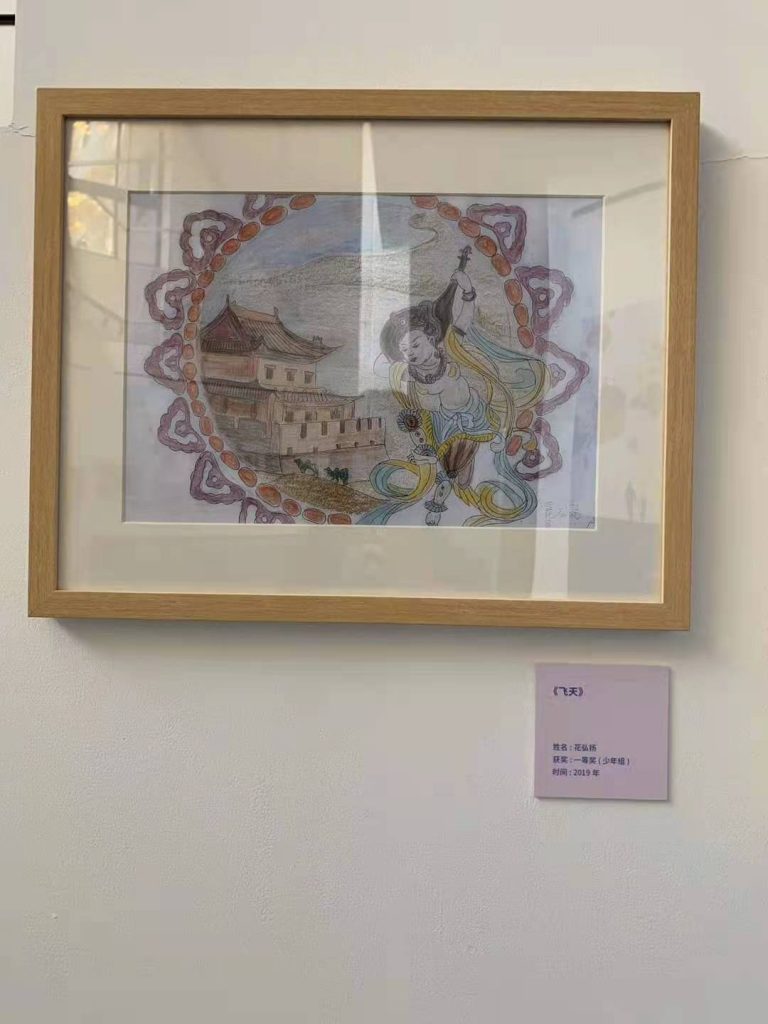
Above is the displayed piece, “Flying Apsaras” (a reproduction), showcased at the International Festival of Social Aesthetic Education.
Below, Mr. Jin Shangyi, the honorable chairman of the Social Aesthetic Education Alliance, honorary chairman of the China Artists Association, and former dean of the Central Academy of Fine Arts, is seen awarding me.
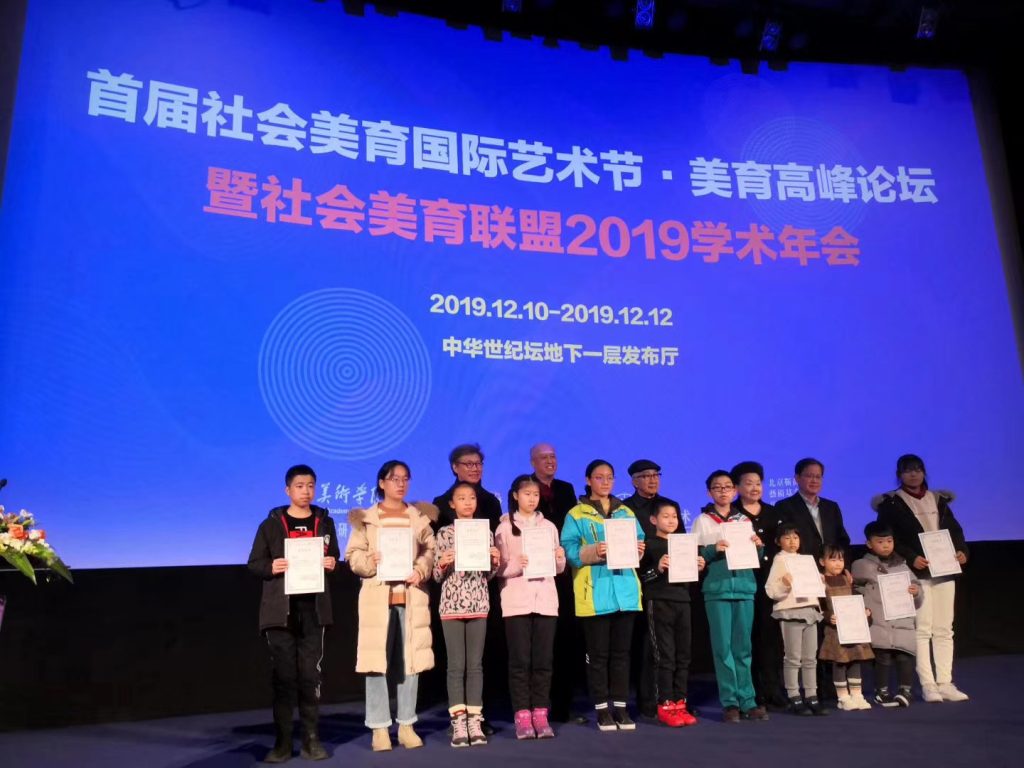
The second International Festival of Social Aesthetic Education was collaboratively organized by the Central Academy of Fine Arts’ Art Education Research Center, the Social Aesthetic Education Alliance, the Cultural Section of the Austrian Embassy in China, and the Hunan Fine Arts Publishing House at the Austrian Embassy. This year’s festival was themed “2020·Expression.” Special guests included Mr. Arnold Obermayr from the Austrian Embassy’s Cultural Section, Professor Jin Shangyi, Professor Ma Jingru, deputy director of the Art Education Research Center and art advisor to the Asia Infrastructure Investment Bank, Professor Meng Yunfei, a Doctor of Calligraphy and member of the Chinese Calligraphy Association, Wang Yue, secretary-general of the Beijing Jin Shangyi Art Foundation, and Professor Feng Ya from the China Media College, along with 49 children and their parents from various regions. The Austrian ambassador to China, Mr. Friedrich Stift, despite his busy schedule, made time to visit the exhibition. The event, held during the pandemic, saw participants enthusiastically engaging in a cultural exchange between China and Austria, their warm spirits undiminished by the masks they wore.
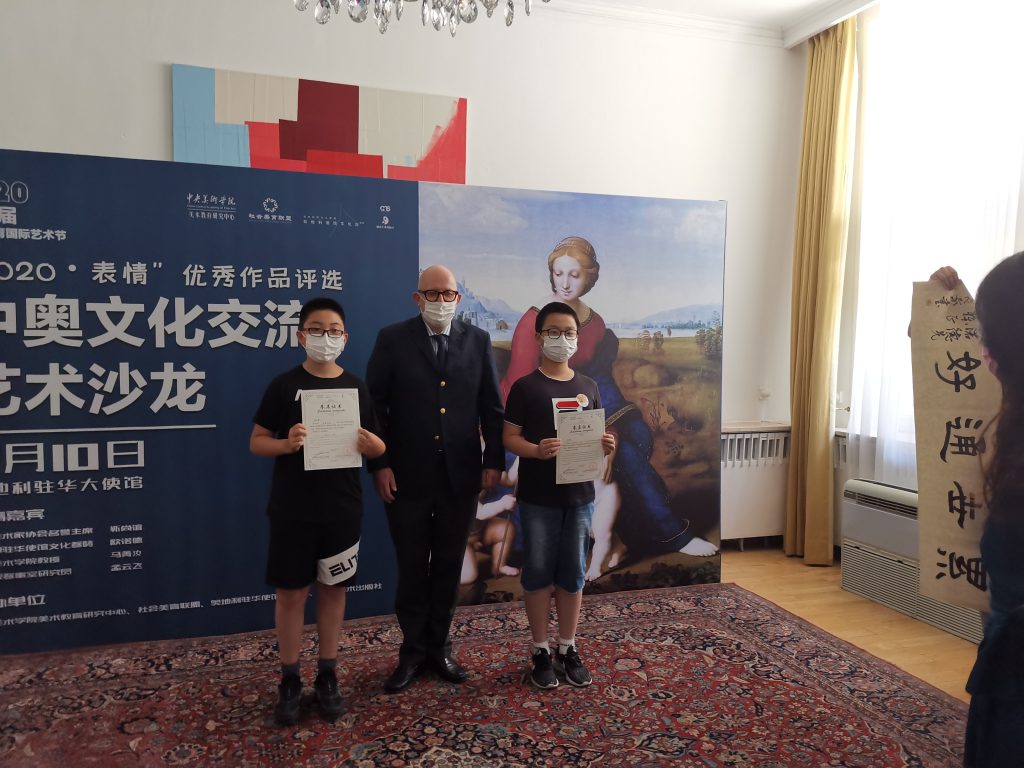

(I communicated with Professor Ma Jingru during the event)
Following are some additional images of my paintings.
Lastly, here are some videos and photos of me playing the piano.
The left video captures an impromptu piano session during my research stint at MIT, while the right video features a moment from my participation in a piano competition in Austria in my childhood.
